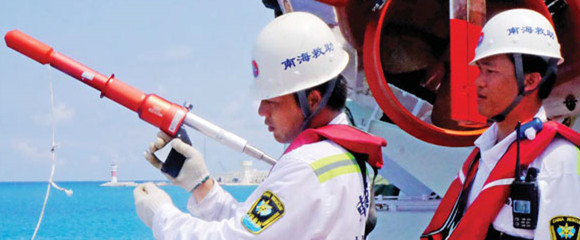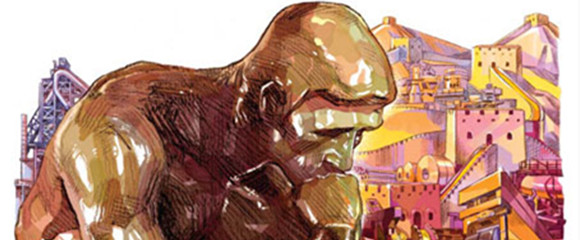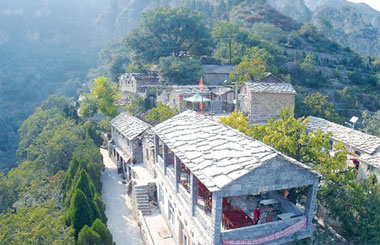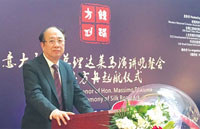Controversial emperor's bestselling biography to be sold abroad
Updated: 2016-05-31 16:03
(Xinhua)
|
|||||||||
NANCHANG - The biography of a controversial Chinese emperor and marquis whose tomb is currently being excavated will soon be on sale abroad, as rights to the book, a bestseller in China's mainland, have been sold overseas.
Since its publication in March, more than 100,000 copies of the work on Liu He, "the Marquis of Haihun," have been sold in China, ranking it among the country's top 10 historical biographies.
The book's publisher, 21st Century Publishing Group, said on Tuesday that publishing house Namu Bazenso has bought the publication rights in the Republic of Korea and Hong Kong Open Page Publishing has contracted to release the book's Chinese version in the local market.
Publishers from Malaysia and Indonesia are also in talks to purchase the rights.
Interest has peaked in the Marquis of Haihun as archaeologists pore over his 2,000-year-old burial site in Jiangxi province. The tomb, near provincial capital Nanchang, is the most complete Western Han Dynasty (206 BC- 25 AD) cemetery ever found. It is one of the few imperial tombs to have not been looted by tomb raiders before excavation. More than 10,000 artifacts have been unearthed so far.
Liu He was grandson of Emperor Wu of the Han Dynasty, whose reign ushered in one of the most prosperous periods in China's history.
The circumstances surrounding Liu's being made a marquis remain mysterious. He was given the title after being deposed as emperor after only 27 days. He was dethroned by the royal clan over what they claimed was a lack of talent and ethics.
Li Longwu, author of the biography, said he tried to stick to historical facts while making the character vivid.
Li, who is police chief of Shangrao city, used his investigative skills in researching the book. The facts are presented almost like the unfolding of a criminal case.
The work is popular among both literary and archeological circles.
Literary critic Lei Da said the book makes an innovative and timely companion to an important archeological excavation.
Related Stories
Who was Liu He? 2016-02-12 08:15
Han Dynasty tomb found in S China 2016-04-07 13:21
Occupant of Western Han Dynasty tomb in Jiangxi confirmed 2016-03-02 09:57
Rare amber found in Han Dynasty's tomb 2015-12-15 13:33
Excavation focuses on main coffin of Western Han Dynasty cemetery 2015-12-18 13:40
Vehicles unearthed in Western Han Dynasty cemetary 2015-11-09 17:09
Today's Top News
EIB and AIIB to strengthen cooperation
Some 13,000 migrants saved, over 700 dead
Economists urge go-slow on EU's anti-dumping
Chinese investors eye European soccer goal
Rescue vessel eyed for the Nansha Islands
Steeled for change
EU has to cope with outcome of British referendum
Four Chinese banks among world's 10 largest
Hot Topics
Lunar probe , China growth forecasts, Emission rules get tougher, China seen through 'colored lens', International board,
Editor's Picks

|

|

|

|

|

|







